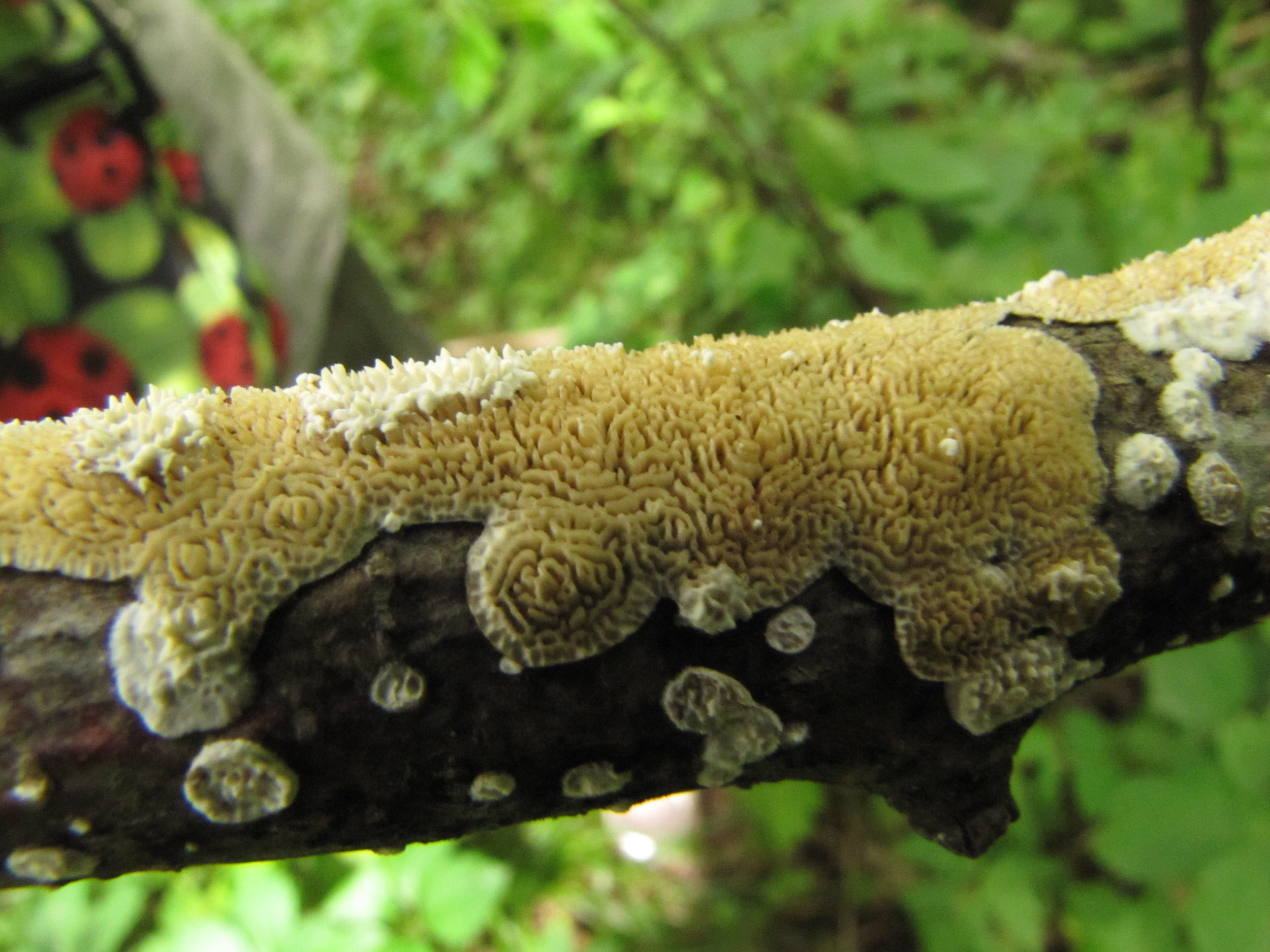There is a time, between when the woods is full of blossoms and color and when the fall color begins. It is a short time when green dominates and summer seems to last forever. Then the first leaves start to turn. It must just be a diseased plant, a weak one that is just turning because of that. It can't really be fall yet? But the colors creep out, a bush here, a few leaves there. The berries go from green to brilliant reds, blues and purples. The fungi do their thing, adding oranges, yellows, pinks, everything from almost microscopic to dinnerplate sized. The goldenrod are in full bloom. The thistles add purple blossoms. Fall is suddenly surrounding us, regardless of what a calendar may say.
The final sign, to me, is the most annoying one. Stickers. Thousands of them, dangling over the path, sitting just to one side, waiting. Now, stickers do have a purpose. The seeds contained within them are necessary. Either they fulfill their destiny and become a new plant next year after having been borne along on so animal or human to a prime location, or they feed hungry mouths for the winter. Nothing goes to waste in the woods.
I haven't really mentioned most of the wildlife that lives among us, but they rely on the seeds and berries produced by the plants, or eat the plants themselves. Insects of all kinds, mice, voles, moles and shrews, rabbits and squirrels, frogs, toads and salamanders. They all eat and need to find the food in the area in which they live. Most never travel out of a few hundred yards of where they are born. So I will forgive the woods for the work of having to remove stickers each time I leave. I actually remove them as I go, so as not to contaminate another plot with a plant it may not have yet. So as I drop them, I am more than likely feeding something that will just come along and find an unexpected snack.
So, stickers. Not so much fun, but just a necessity of life.






